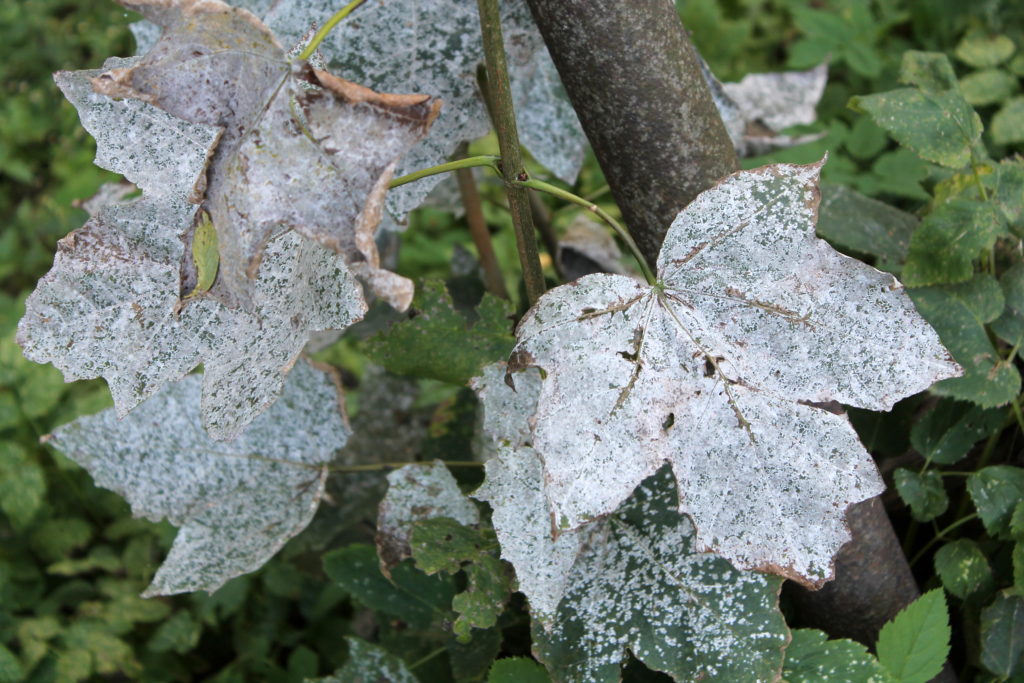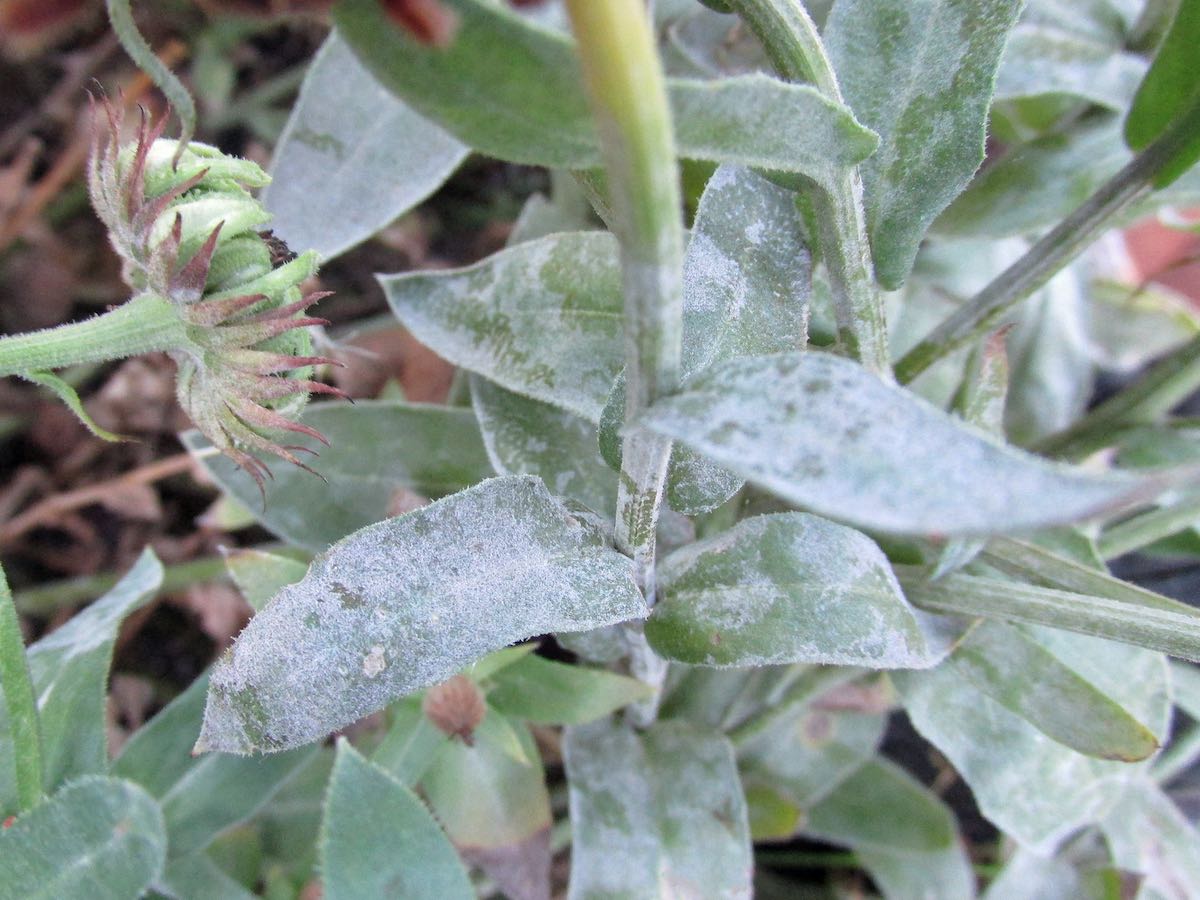As a beach morning glory plant owner nothing is more frustrating than walking outside and seeing those telltale white powdery spots on your plant’s leaves. Powdery mildew is a common fungal disease that affects many plants, including beach morning glories. While it may look harmless, powdery mildew can seriously impact your plant’s health if left unchecked. The good news is that with some persistence and smart treatment methods, you can eliminate powdery mildew and keep your beach morning glories thriving.
What Causes Powdery Mildew on Beach Morning Glories?
Powdery mildew is caused by various fungal species in the Erysiphaceae family. It thrives in warm humid environments with poor air circulation. Beach morning glories are especially prone to powdery mildew when grown in crowded conditions shade, or with frequent overhead watering. The fungus spreads quickly via windblown spores, infecting new growth.
Too much nitrogen fertilizer, overcrowding, and inadequate pruning also encourage powdery mildew on beach morning glories. Stressed, weakened plants are more vulnerable as well.
Recognizing Powdery Mildew Symptoms
Learning to recognize powdery mildew early is key to successful treatment. Watch for these symptoms:
- White or gray powdery spots on upper leaf surfaces
- Powdery coating starts on older leaves
- Leaves distorted, curled, or yellowed
- White powder rubs off easily
- Black specks may appear on white coating (fungal fruiting bodies)
- Plant growth stunted
Check leaf undersides too since powdery mildew can occur there. Look for signs daily to catch it early before major damage occurs.
How to Get Rid of Powdery Mildew on Beach Morning Glories
If your beach morning glory shows signs of powdery mildew, take action promptly. Here are effective treatment methods:
Improve Air Circulation and Sunlight
Powdery mildew thrives in crowded, shady areas. Improve air flow and sunlight penetration:
- Space plants 1-2 feet apart
- Prune back overcrowded growth
- Remove nearby plants that obstruct air flow
- Move plant to sunnier location
Better air circulation and sunlight inhibits the fungus and allows leaves to dry out faster after watering or rain.
Adjust Watering Habits
Excess moisture from overhead watering makes beach morning glories prone to powdery mildew. Alter watering habits:
- Water at soil level to keep foliage dry
- Water in early morning so leaves dry out
- Avoid frequent, light watering
- Use drip irrigation or soaker hoses
- Improve drainage if soil stays soggy
These measures discourage fungal growth and spore dispersal.
Use Fungicides
For moderate or severe powdery mildew, fungicides help eradicate the fungus:
-
Organic fungicides like neem oil, sulfur, or potassium bicarbonate provide control without toxic chemicals.
-
Chemical fungicides containing myclobutanil, propiconazole, or triadimefon may be warranted for stubborn mildew.
-
Always follow label directions. Thorough coverage is key.
-
Repeat applications per label instructions until mildew is gone.
Remove Infected Leaves
Leaves showing powdery mildew symptoms serve as a source of spores to spread the disease. Removing them helps control infections:
- Prune off infected leaves and branches
- Discard debris – don’t compost
- Sterilize pruners between cuts with alcohol
- Repeat pruning as needed until mildew subsides
Consistent removal of diseased tissue limits fungal buildup.
Boost Plant Health
Healthy, vigorous beach morning glories better withstand and recover from powdery mildew. Promote plant health through:
- Proper planting site with sun and airflow
- Adequate but not excessive fertilization
- Timely pruning for shape and air circulation
- Watering only when soil partly dries
- Mulching to conserve moisture and reduce splashing
Strong plant health maximizes disease resistance and recovery.
Preventing Recurrence of Powdery Mildew
Once you’ve tackled an existing powdery mildew problem on your beach morning glories, keep it from coming back by:
- Routinely inspecting plants for early signs
- Allowing good air circulation and sunlight
- Watering early in the day and at soil level
- Applying fungicide sprays preventively
- Sterilizing garden tools and debris removal
- Growing resistant varieties like ‘Sunrise Serenade’
With diligence and swift action at the first sign of issues, you can have beautiful, flourishing beach morning glories all season long. Don’t let powdery mildew destroy your morning glory garden – implement smart integrated disease management practices. Your plants will thank you!

Plants Commonly Affected by Powdery Mildew
A wide variety of plants are affected by powdery mildew, including many commonly grown ornamental and edible plants.
Some of the many ornamental annuals and perennials affected by powdery mildew include: aster, bee balm, begonia, calendula, calibrachoa, campanula, chrysanthemum, columbine, coreopsis, cosmos, dahlia, delphinium, gaillardia, geranium, heliopsis, joe-pye weed, lupine, penstemon, petunia, rudbeckia, salvia, snapdragons, stokesia, sunflower, verbena, veronica, yarrow, and zinnia.
Some fruits and vegetables affected by powdery mildew include: bean, cucumber, lettuce, melon, pea, pepper, pumpkin, squash, strawberry, and tomato.
Identification, Prevention and Control

Powdery Mildew on a Calendula Plant
Powdery mildew is a common fungal disease that affects a wide variety of plants and is caused by many different species of fungi. Infections generally occur when temperatures are mild, between about 60 to 80 degrees, and are most severe when nights are cool, days are warm and plants are crowded or shaded. In many areas, infections are common in the spring and fall. Humidity can help powdery mildew infections grow but moist conditions are not required for infections to grow or spread. Infections usually start in the lower sections of plants where there is less airflow. Infections are spread by wind, water and insects.
Powdery mildew is easily recognizable by its powdery white appearance that starts as small spots and can eventually cover leaves, stems, flowers, and even entire plants. Infections can cause discoloration or loss of leaves and also deformed leaves and other plant parts. Yields and and flavor can both be reduced by infections. Powdery mildew infections do not usually kill plants.
Prevent & Treat Powdery Mildew and 4 Home Remedies that Work!!
FAQ
What kills powdery mildew fast?
How to treat powdery mildew on Veronica?
Is Dawn dish soap good for powdery mildew?
Is baking soda or vinegar better for powdery mildew?
